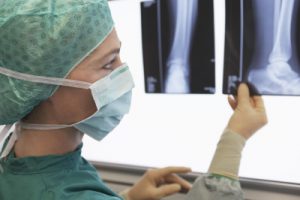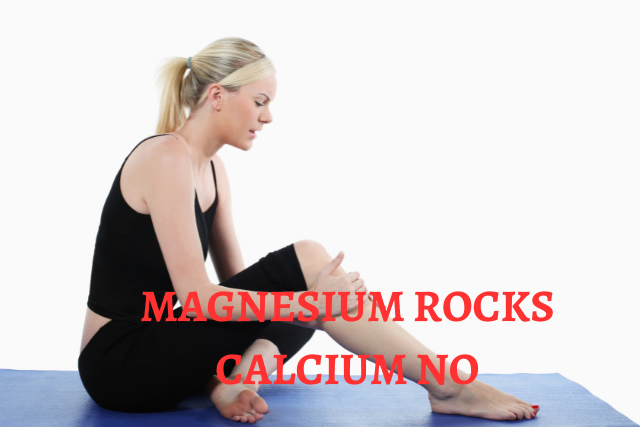Treating osteoporosis without drugs is a real thing. Osteoporosis is a scary condition. However, there are ways to handle osteoporosis without chemicals.
What is osteoporosis?
What will cheer you up, that bones created to last all lifetime? It is excellent, is not? You would ask why so many cases of osteoporosis.
Why are so many people afraid that when they are older, their bones will break up? How much truth is in it?

Osteoporosis is a condition when bones start to weaken. The risk of broken bones increases with age, especially when people do not take preventative measures.
How can osteoporosis develop?
The balance of calcium and magnesium is essential to keep bones in good shape. Usually, individuals take more calcium compared with magnesium. Without sufficient magnesium, the calcium would make bones brittle and without elasticity. Bones without magnesium are prone to break down.
Besides, the body needs about seventeen nutrients to keep bones healthy. Magnesium is the most important one.
Doctors warn that if magnesium is deficient, the calcium can travel to soft tissues, depositing in joints and kidneys. Do you see how it is easy to get arthritis and kidney stones? A simple recipe for problems: minimum of magnesium and maximum of calcium.
How does magnesium prevent osteoporosis?
Magnesium plays many roles in the body’s metabolism. The magnesium safeguarding calcium from overloading cells is one vital task for magnesium. Without magnesium, calcium overrides cells, excites them, and causes death; without magnesium, calcium deposits in soft tissues. The calcification occurs.
There are more good deeds from magnesium regarding osteoporosis prevention:
- Magnesium stimulates the hormone calcitonin. This particular hormone draws calcium from soft tissues back to bones. Calcitonin prevents kidney stones and some types of arthritis. Hormone calcitonin preserves the structure of bone.
- Magnesium suppresses the parathyroid hormone. This hormone likes to break down bones. Magnesium does not let it harm bones crushing it.
- Magnesium turns vitamin D into an active form. In this way, active vitamin D can help absorb calcium.
- Magnesium is a co-factor in the activation of the enzyme, which helps form a new bone.
- Magnesium, together with vitamin K2, helps direct calcium to the bones.
- Magnesium participates in calcium transportation.
Do you see how everything is connected in the body? Minerals and vitamins are vital parts of the body’s mechanism. It is more complicated, but you can get a picture that when one mineral is missing, many reactions and systems suffer.
What does affect bone health?
According to Dr. Caroly Dean, the author of The Magnesium Miracle, the low amounts of
magnesium, boron, folic acid, and vitamins B6, B12, K2, D prompt osteoporosis.
The overdosing of protein, table salt, alcohol, and caffeine has a negative impact on bone health.
The sedentary lifestyle and Western diets such as processed food and soda drinks create a perfect environment for the development of osteoporosis.
How to keep bones well?
The magnesium helps to keep bones in good shape, helping calcium to stay where it belongs: in bones.
The study in the Journal of Nutritional Biochemistry shows that.
magnesium deficiency occurs frequently and leads to loss of bone mass, abnormal bone growth, and skeletal weakness.
Researchers found out that magnesium inhibits the activity of osteoclasts. Another study showed that 65 percent of women who got magnesium lactate daily for two years were free of pain and did not have further degeneration of spinal vertebrae.
Sixty percent of bone consists of minerals, mostly of calcium and phosphate, along with magnesium, water, collagen, and an organic matrix of protein.
Bones are a unity of various ingredients that depend on each other.
A rich diet with minerals, vitamins, fatty amino acids, and proteins, exercise, and absorbable nutrients will keep our bones in shape.
Conclusion
Treating osteoporosis without drugs is not a high-end science. Providing the body with nutrients and exercising will help to keep you in excellent physical and mental shape.

